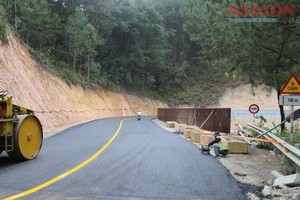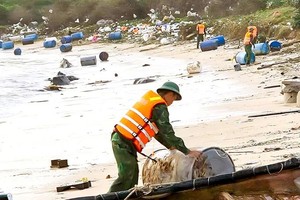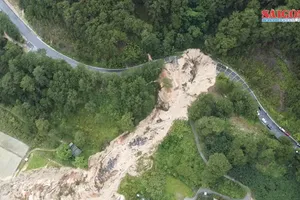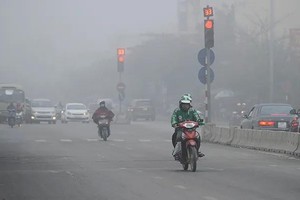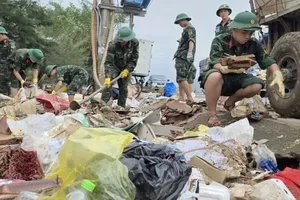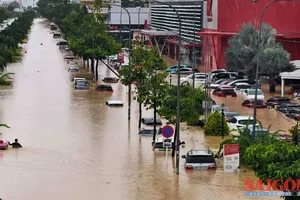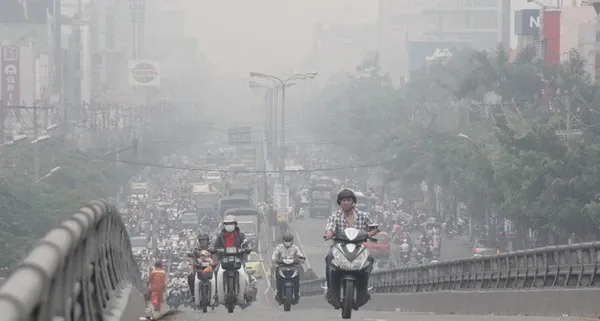
According to the report, there are still many manufacturing models that create environmental pollution such as releasing chemicals and toxic substances that are hard to decompose into the atmosphere, leading to high treatment costs. Adding to that is a significant rise of businesses in the fields of industry, construction, mining, processing, and production lately.
Worryingly, air pollution caused by dust, especially Particulate Matter (PM) 2.5, is still serious and seasonal. This situation is increasingly worsening in large cities. The Air Quality Index (AQI) in Hanoi and HCMC reveals that there are many times the safety threshold is exceeded, gravely harming the public’s health.
As to water pollution, the amount of domestic sewage as well as wastewater from craft villages has considerably risen whereas current treatment facilities cannot meet the huge demands at the present. Only 30.3 percent of industrial clusters and 16.1 percent of craft villages nationwide invest in constructing a centralized wastewater treatment system. The total volume of domestic sewage collected and treated in urban areas is rather low, at 17 percent, while most residential areas in the countryside can enjoy no such facilities.
Regarding solid waste, the total quantity of household one in 61 out of 63 provinces and cities in Vietnam is nearly 67,900 tonnes per day, nearly three-fifths of which are from urban areas. The proportion of collected and treated solid waste in rural areas only reaches 78 percent. The percentage of craft villages with a collection point for industrial solid waste is merely 21 percent. Many types of hazardous waste, residual pesticide packaging, and hazardous medical waste are not thoroughly or satisfactorily treated.

